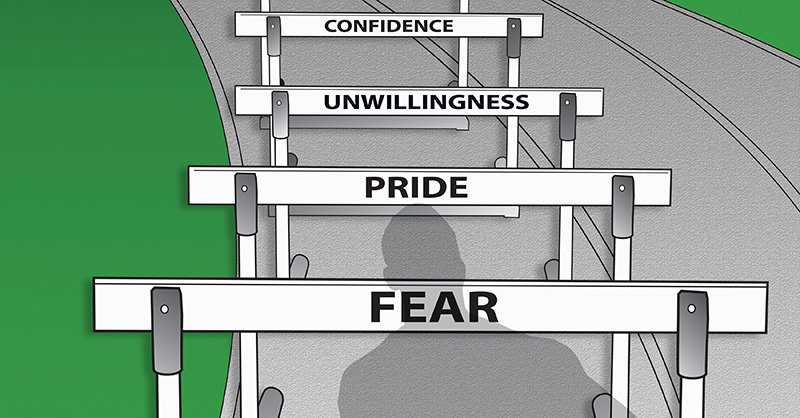
Carbon monoxide (CO) poisoning is one of those scary issues that most HVAC professionals hope to never encounter. As with many frightening things we want to avoid, this doesn’t make those issues go away. The threat is very real even though a blind eye is often turned to it.
With all the stories and reports regarding the dangers of this silent killer, I’m amazed more HVAC technicians don’t test for it. With proper training, test instruments, and dedication, the skills needed to solve CO-related problems can be part of your regular service offerings.
Instead, we have grown comfortable recommending silver bullets that often give our customers a false sense of security. So why is this? There are many factors contributing to this head-in-the-sand approach. I had to overcome four major obstacles when I started CO testing 17 years ago. This month I would like to share those obstacles with you and the lessons I learned from them.
• Obstacle #1: Fear
Before I understood the importance of CO testing, I followed the same rules of thumb our industry has used for decades to establish CO safety. Some of the things I checked for were:
- Cracked heat exchangers
- Blue flames
- Good draft on natural draft equipment
- Combustion air was available and met code.
For an extra level of security, I also recommended everyone buy a CO alarm from the local hardware store. I was blissfully unaware of what I was walking past on a daily basis until I started reading articles on CO from Jim Davis. There was a lot I was assuming that wasn’t correct.
I knew I needed to do things differently and this scared me. I didn’t know where to start, so I procrastinated. Questions kept coming up such as:
- What if I found something wrong I didn’t know how to fix?
- What if I missed something I should have found?
- Would I have more liability trying to go beyond what had been passed down to me from generations before?
Fear of not knowing how to handle these questions paralyzed my progress. Another issue was hard at work in my mind too – I didn’t like to admit I was wrong.
• Obstacle #2: Pride
In addition to being scared, I was still coming to grips that I had not been doing things the right way. This was forcing me to admit to myself that I was wrong about certain issues and I didn’t like it. Pride was getting in the way of me doing the right thing.
Old habits are hard to break and often become rooted in our daily routines. Assumptions have a way of becoming flawed truth if we believe them long enough, no matter how misguided they are.
This kind of pride is bad to have in our industry. It interferes with us being our best. Let’s face it, admitting fault is tough and requires a degree of humility many aren’t willing to muster. When we think we know it all, there is nothing left to learn.
• Obstacle #3: Unwilling to Change
Pride is one of the factors driving an unwillingness to change. We are creatures of habit and don’t like it when our circumstances change. Especially when they are scary and unknown.
A frequent comment heard as justification for an unwillingness to change is “I’ve been doing it this way for 20 to 30+ years!” Guess what? The HVAC industry is changing faster today than ever before. Technology is available to us today that didn’t exist more than 20 years ago. Just because something was done a certain way for 20 or 30 years, doesn’t mean it must always be done that way, especially in light of all the changes and discoveries happening right now.
I arrived at a point where I had to make a decision. Was I going to ignore what I was learning or move forward and figure out how to make CO testing part of my routine? It was becoming harder to accept the rules of thumb.
• Obstacle #4: Lack of Confidence
Not having a firm understanding of how to test for CO fed my procrastination. I wasn’t sure where to start, what I needed, or even how to put the first pieces in place. I had fragments of information and a desire to do the right thing, but no system for it to make sense.
All of these unknown factors led to a lack of confidence in my abilities. Just as an unwillingness to change hinged on pride, lack of confidence hinged on fear. This position caused me to feel like I had a mix of conflicting information and old wives’ tales to go by. I didn’t realize the solution to my obstacles was in front of me.
• How I Overcame These Obstacles
I finally decided to get properly trained on how to do CO testing and went to Jim Davis’ class. I went to a single source. Once I did this, the obstacles crumbled as I gained confidence in my newfound knowledge and abilities. I now had a plan that made sense and got started.
This isn’t the only time these obstacles have appeared and prevented me from learning something new. By overcoming this challenge I had the confidence to know I could succeed if I was persistent.
I encourage you to examine your own obstacles and see what prevents you from CO testing. Take action now and pave your own path to learn the truth.